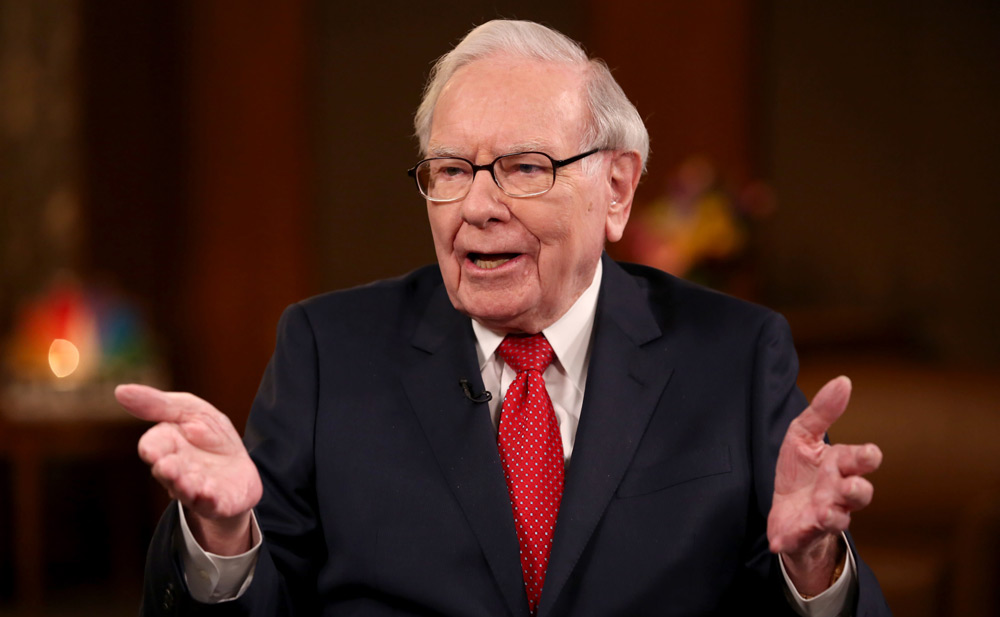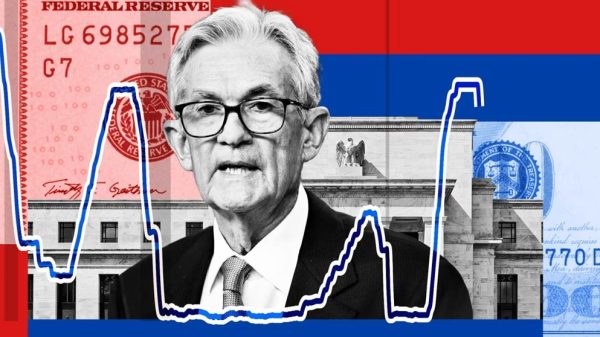Warren Buffett is widely recognized as one of the most successful investors of all time, amassing a fortune of approximately $150 billion through his disciplined approach to value investing. This strategy focuses on buying undervalued stocks with the potential for long-term growth, a philosophy Buffett adopted from economist Benjamin Graham, author of the 1949 classic, The Intelligent Investor.
But what exactly is value investing, and how has Buffett used it to achieve such unparalleled success?
What Is Value Investing?
Value investing involves purchasing stocks that trade below their intrinsic value, or what an investor believes the company is truly worth. According to Guy Spier, a value investor and follower of Buffett, these stocks are often identified by objective measures like:
- Price-to-Book Ratio (P/B): A ratio below 1 may indicate a stock is undervalued, suggesting the company’s assets are worth more than its share price.
- Price-to-Earnings Ratio (P/E): A low P/E ratio indicates a stock’s price is low relative to its earnings, making it potentially undervalued.
Value investors often take a contrarian approach, targeting stocks that the broader market may have overlooked or undervalued. This strategy requires rationality and the ability to ignore short-term market fluctuations while focusing on long-term potential. Buffett has famously warned against emotional investing, jealousy over others’ success, and chasing risky opportunities.
The Core Principles of Value Investing
- Buy and Hold: Value investors aim to hold stocks for the long term until they reach their intrinsic value. Buffett has famously said his ideal holding period is “forever.”
- Focus on Fundamentals: This includes analyzing cash flow, management quality, and a company’s long-term growth potential, rather than being influenced by market sentiment or short-term events.
- Look for Competent Leadership: Buffett prioritizes companies operated by “honest and competent people.”
Examples of Value Investing in Action
Performance of Value Stocks
The MSCI World Value Index, which tracks value stocks globally, includes major companies such as JPMorgan, Bank of America, and Johnson & Johnson. However, over the last decade, value stocks have underperformed growth stocks. From 2015 to 2025, the MSCI World Value Index delivered annualized returns of 8.26%, compared to the 13.56% achieved by the MSCI World Growth Index.
Despite this, value investing has proven its strength over longer periods. Over 50 years, value stocks have slightly outperformed growth stocks, offering annualized returns about 1 percentage point higher.
Notable Value Stocks
- Chubb (Insurance): Known for its long-term focus, Chubb has maintained an average combined ratio of 87.7%, indicating profitability.
- Handelsbanken (Swedish Bank): With a conservative approach and high dividend yield, this bank trades at a lower P/E ratio than many U.S. competitors.
Why Value Investing Works for Buffett
Buffett’s holding company, Berkshire Hathaway, epitomizes value investing. Its portfolio includes a mix of U.S. giants like Apple, American Express, and Bank of America, as well as international investments in Japanese trading companies. Buffett favors businesses that retain cash to reinvest in growth and have management teams focused on long-term value rather than short-term gains.
In his 2023 letter to shareholders, Buffett praised the Japanese trading houses for their disciplined cash management and modest executive compensation—qualities that align with his investment philosophy.
Value vs. Growth Investing
While value investing focuses on undervalued stocks, growth investing targets companies expected to grow faster than the market. Big Tech firms like Apple, Nvidia, and Microsoft dominate the MSCI World Growth Index, which has outperformed the MSCI World Value Index over the past decade.
However, the distinction between value and growth isn’t always clear-cut. For instance, Bill Nygren of the Oakmark Fund points out that his firm owns Alphabet and Salesforce, which are traditionally considered growth stocks but are priced attractively from a value perspective.
Risks and Challenges of Value Investing
Value investing isn’t without its challenges.
- Value Traps: Some stocks may appear undervalued but for good reason. For example, Guy Spier cited Seritage, a real estate investment trust spun out of Sears, as a stock that seemed cheap but was deeply affected by rising interest rates and the shift to online shopping.
- Patience Required: Value investing often requires enduring long periods before realizing gains, which may not suit all personalities or investment goals.
Nygren suggests that individuals who are comfortable paying full retail prices might not have the mindset required for value investing.
Global Opportunities in Value Investing
While the U.S. market appears expensive in 2025, opportunities abound internationally. For example:
- U.K. Homebuilders: Morningstar predicts these stocks could rise by 50%.
- European Autos: These companies are trading at significant discounts.
Buffett himself has ventured beyond the U.S., investing in Japanese trading firms and other global opportunities.
Looking Ahead
Both Spier and Nygren highlight sectors and industries they believe hold potential for value investors:
- Traditional Energy: Nygren argues that the market’s excitement about EVs is overblown, and fossil fuel companies remain undervalued.
- Financials: Banks like Wells Fargo and Charles Schwab have improved their management practices since the 2008 financial crisis, making them attractive value plays.
- Emerging Markets: Spier sees promise in companies like Care Ratings, an Indian credit ratings firm, which he believes could rival Moody’s in the coming decades.











